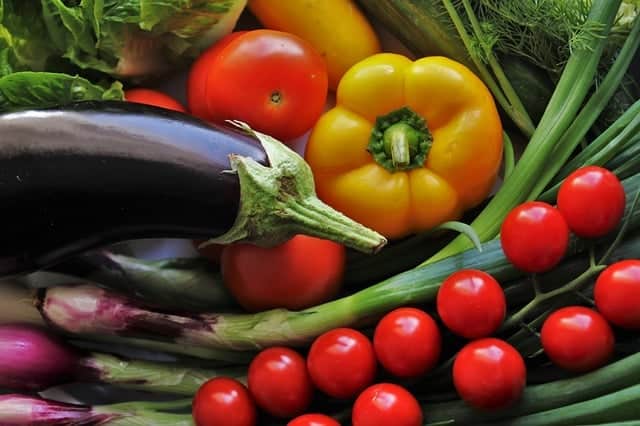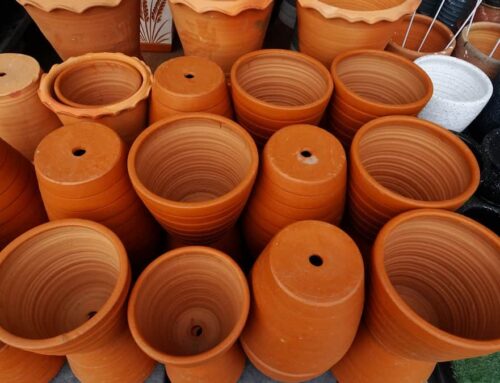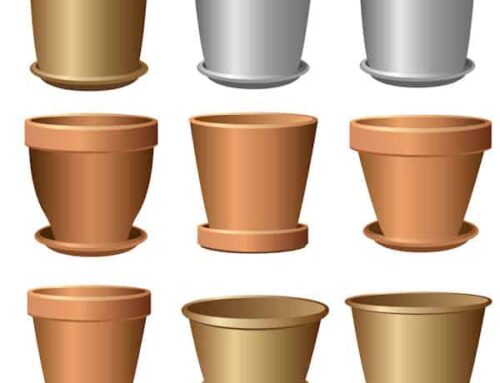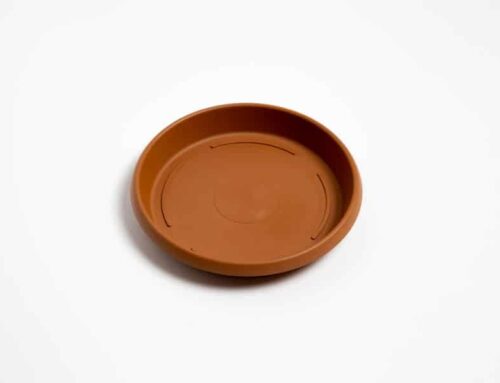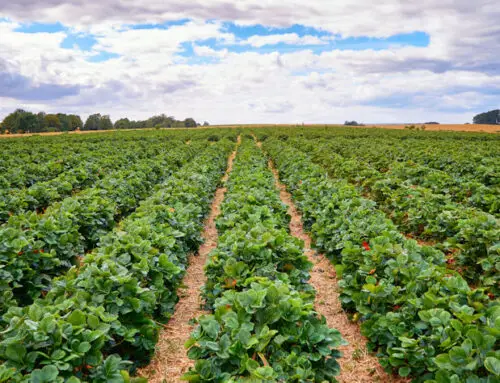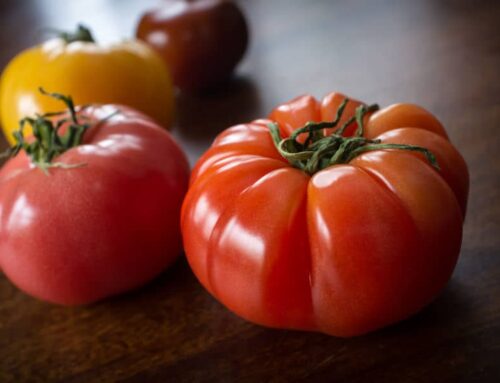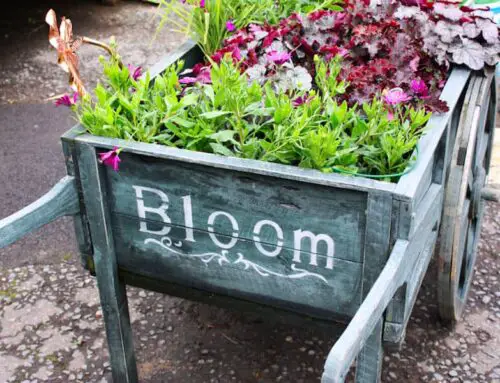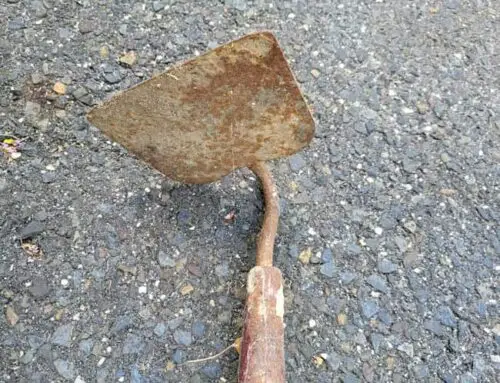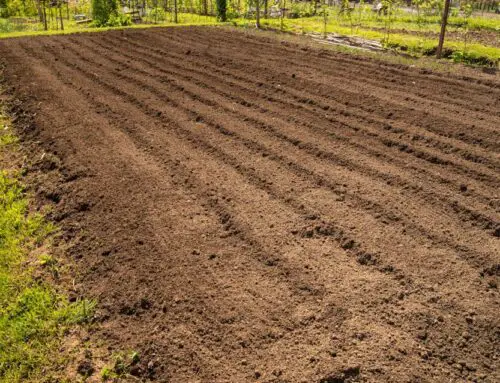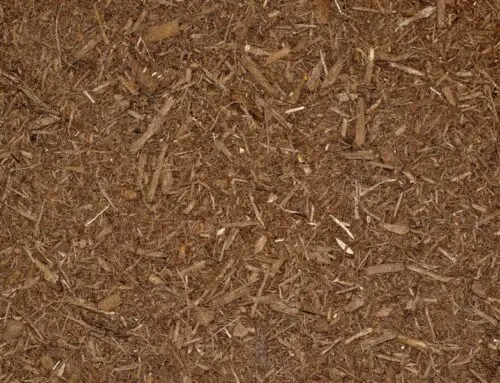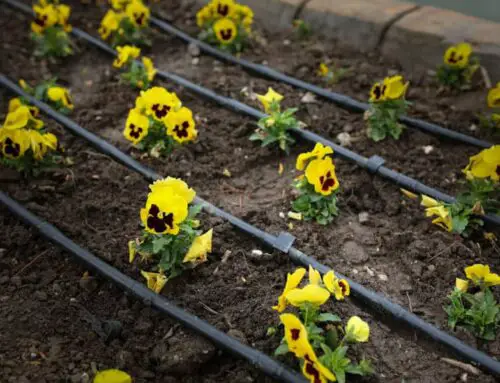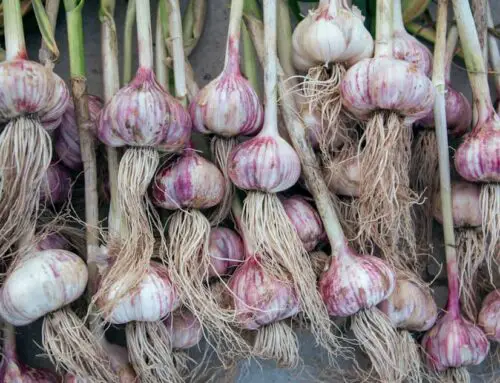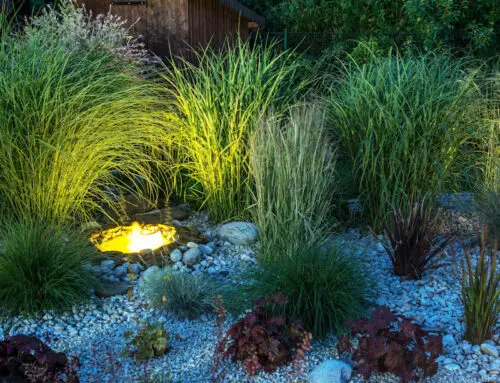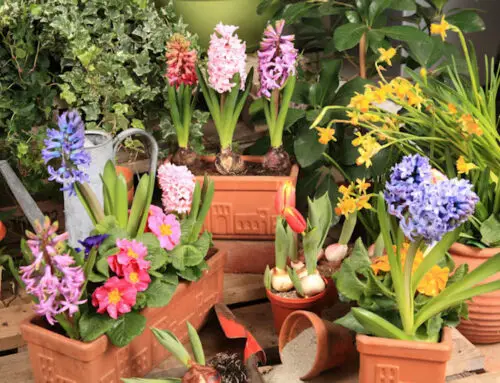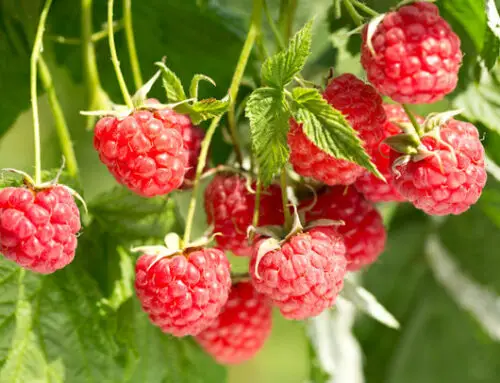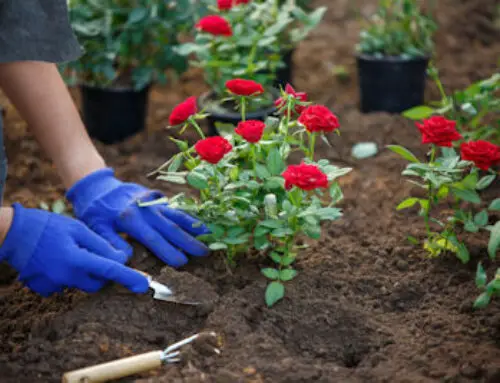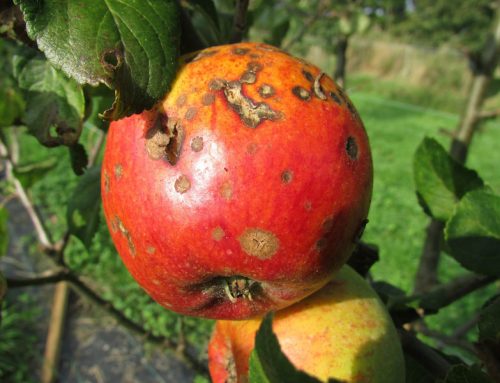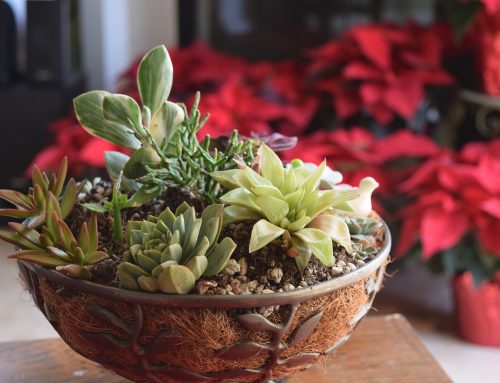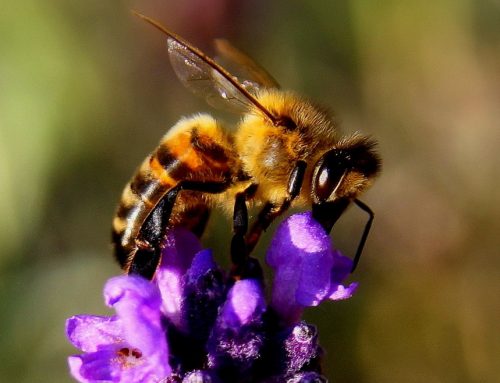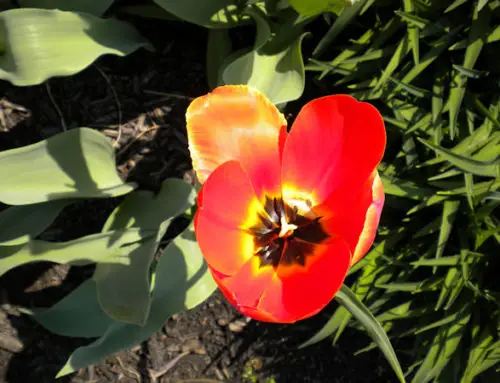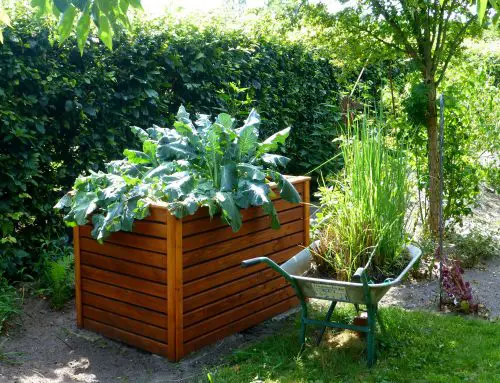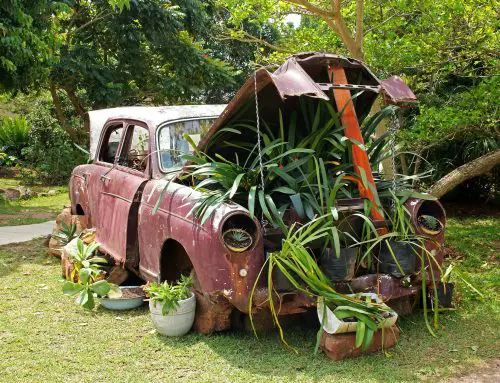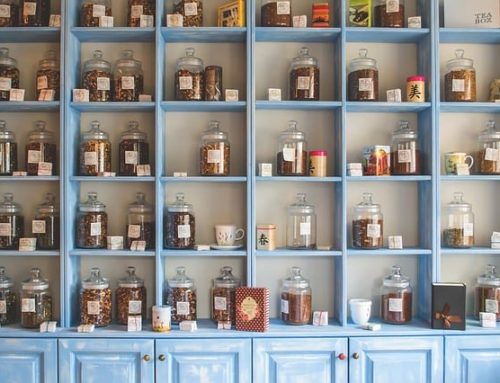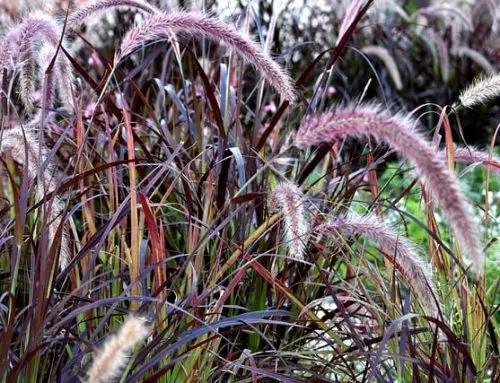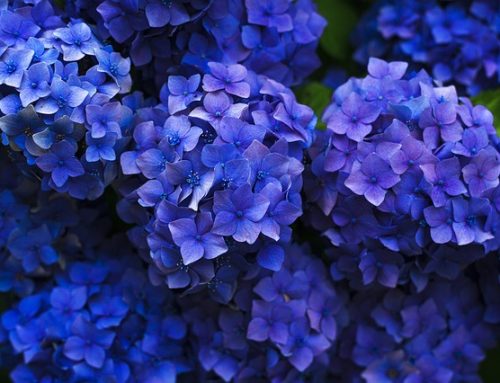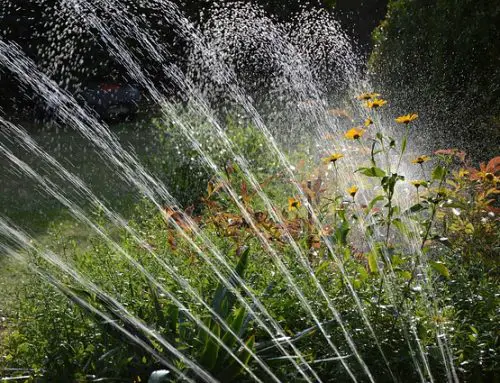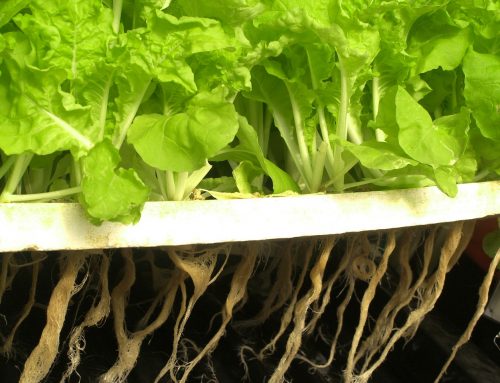The best fertilizer for gardens make flowers and vegetables grow healthy and strong. There are many types of fertilizers so picking the right one is an important first step.
For a new gardener it’s easy to think that after you’ve planted some veggies in the garden, making sure they get plenty of sunlight, and are watering them regularly, that should be all it takes to grow great plants and reap a successful harvest, right?
In theory it would be nice if growing a garden was that simple but it’s not.
Nutrients Essential for Garden Plants
Plants are constantly feeding on nutrients found in the soil. Over time, they can deplete even the most fertile soil, making it necessary to add plant “food” to grow strong, healthy plants. Thankfully there is a variety of fertilizers available on the market to meet the needs of all garden plants and “restock” soil reservoirs.
Certain nutrients are essential for all plant growth:
- Nitrogen
- Phosphorus
- Potassium
- Calcium
- Sulfur
- Magnesium
- Sodium
- Boron
- Chlorine
- Manganese
- Iron
- Zinc
- Copper
- Molybdenum
- Nickel
Three Most Important Plant Nutrients
These nutrients aid in the basic functions in the plant, without them, plants can’t grow. Fertilizers add these nutrients to the soil and are classified based on the three main elements that are needed in much higher amounts than the others
- Nitrogen
- Phosphorus
- Potassium
Nitrogen is listed first on the label since it is considered the most key nutrient needed for plant growth. It’s main responsibility in the plant is regulating vegetative growth. Nitrogen is assimilated in the plant into amino acids, the building blocks of protein; it is also a major component of chlorophyll and helps to keep foliage green; and nitrogen is necessary for many of the plant’s enzymatic reactions.
Phosphorus is a structural component in DNA and RNA (the genetic building blocks within plant cells) and is needed for root growth and flowering.
Potassium works more indirectly in plants than nitrogen and phosphorus. While it isn’t a component of any plant parts, it functions by activating the enzymatic reactions that occur, making it imperative for the overall health of the plant.
What Do the 3 Numbers Mean on Fertilizer
The 3 numbers on the fertilizer label are known as the N-P-K ratio (nitrogen-phosphorus-potassium); this ratio tells the percentage, by weight, of the three main nutrients in the bag. The ingredients are always listed in the same order. First is Nitrogen then Phosphorus and last is Potassium (N-P-K).
For Example – In a 10-10-10 formula the bag mixture is
- N – 10% Nitrogen
- P – 10% Phosphorus
- K – 10% Potassium
In other words a 10 pound bag of fertilizer would contain 1 pound of nitrogen, 1 pound of phosphorus (in the form of P2O5), and 1 pound of potassium (in the form of K2O). The other 7 pounds is just filler, typically crushed limestone or sand.
The N-P-K ratio of organic fertilizers is typically lower than inorganic products. By law the ratio can only include the nutrients that are immediately available for uptake.
Test Your Garden Soil
Before you start adding garden fertilizers it is always a good idea to test the soil first. You don’t want to inadvertently add too many nutrients to the soil. Testing will tell you the PH level of the soil whether it’s alkaline or acidic.
The test will also give you good information on soil nutrient levels. With this information you will know exactly what types of fertilizer will be best for your plants. You can easily buy a soil test kit and do it yourself.
The other option is finding a laboratory that performs soil testing. Lab tests typically will provide more information than a do it yourself test kit.
Best Fertilizer for Gardens
Much of the nutrients in organic fertilizers are considered slow release, and need to be made available by soil microorganisms before the plant can take them in through the roots.
A quick look in any garden center, or a fast internet search, will provide you with a plethora of fertilizers to choose from. This may seem overwhelming but can be navigated by thinking about a few main concepts:
- Do you want conventional or organic products?
- A general purpose fertilizer or plant specific food?
- A granule product or a liquid fertilizer?
You can then narrow down the selection based upon these personal preferences.
Conventional Inorganic Fertilizers
Fertilizers are made completely, or sometimes partially, from synthetic, man-made materials. These inorganic fertilizers contain nutrients in a specific blend that are quickly available for the plants.
Quickly available nutrients mean plant deficiencies are fixed more rapidly, minimizing long term damage to the vegetable, tomato plant etc… Inorganic fertilizers are cheaper to buy, and readily available for purchase.
One of the drawbacks to conventional fertilizers though is these quickly available nutrients have a greater chance of leaching out of the soil and causing contamination of water sources.
Organic Fertilizers
Made from natural ingredients, they consist of the broken down remains of organisms, or are a byproduct (i.e. waste) of the organisms themselves.
After organic fertilizers are applied to the soil, microorganisms and bacteria in the soil ecosystem break these materials down, making the nutrients they contain available for plant uptake.
Due to this natural composition, organic fertilizers have benefits over traditional conventional fertilizer products. The application of an organic fertilizer adds organic matter to the soil which in turn:
- Increases water retention
- Improves soil structure and better for the garden soil
- Promotes microbial activity
The downsides to organic fertilizers are:
- Higher price tag
- Nutrients are more slowly available for plant uptake after application
General Purpose Fertilizers
Usually a complete fertilizer, meaning they contain all three of the key nutrients (N, P and K) and are balanced (the ratios of each nutrient is equal). A complete fertilizer is probably the best fertilizer for gardens.
They are formulated to meet the needs of most plants during a typical growing season, and work well in most gardens. Plant specific formulas are available for some plants and are formulated to meet the specific needs of that plant (or plants).
This is beneficial when plants have certain micro-nutrient needs that might not be met by just a general purpose plant food.
Granular vs Liquid Garden Fertilizer
Choosing to use a granular or a liquid fertilizer is entirely up to you.
Granules
These can be sprinkled on the soil around the base of plants. Keep the granules away from the plant stems and leaves. The granules can be worked into the ground surrounding the plants, or watered to make them dissolve into the soil faster.
Liquid Fertilizers
Need to be diluted in water and then applied when the plants are watered. Special hose attachments are available to dilute the product for you, as the hose is on and running.
Composting For Fertilizer
Composting using organic material is a great way to fertilize your garden bed. Grass clippings, dead leaves, table scraps make good compost. Just make sure they are fully decomposed, dark, dry and fall apart easily before using them. As compost continues to break down in your garden it will add nutrients to the soil, compost also helps soil to drain better and retain nutrients.
If you don’t have any compost materials or don’t feel like making them you can always buy compost which can be much more convenient.
Container Gardening Fertilizer
When planting in containers it’s a good idea to use a fertilizer. Nutrients are quickly lost in containers either because the plant uses them up or they are washed away from watering. A small amount of liquid fertilizer works well in containers.
Wrapping Up Best Fertilizer For Gardens
After you decide what the best garden fertilizer is for your plants you might ask yourself how do I apply a garden fertilizer? The best advice is to simply look at the detailed instructions on the fertilizer package regarding how often to feed garden plants, and the rate at which to apply fertilizer. These rates will vary according to the fertilizer used and it’s N-P-K ratio.
As plants consume nutrients in the soil, it becomes necessary to replenish the soil reserves to grow strong, healthy plants. Commercially available fertilizers are intended to do just that.
A gardening market flooded with fertilizer products gives you the ability to tailor a fertilizer schedule/program to fit specific growing needs and philosophies. Knowing these basics about the best fertilizer for gardens will hopefully help make this choice less daunting.

